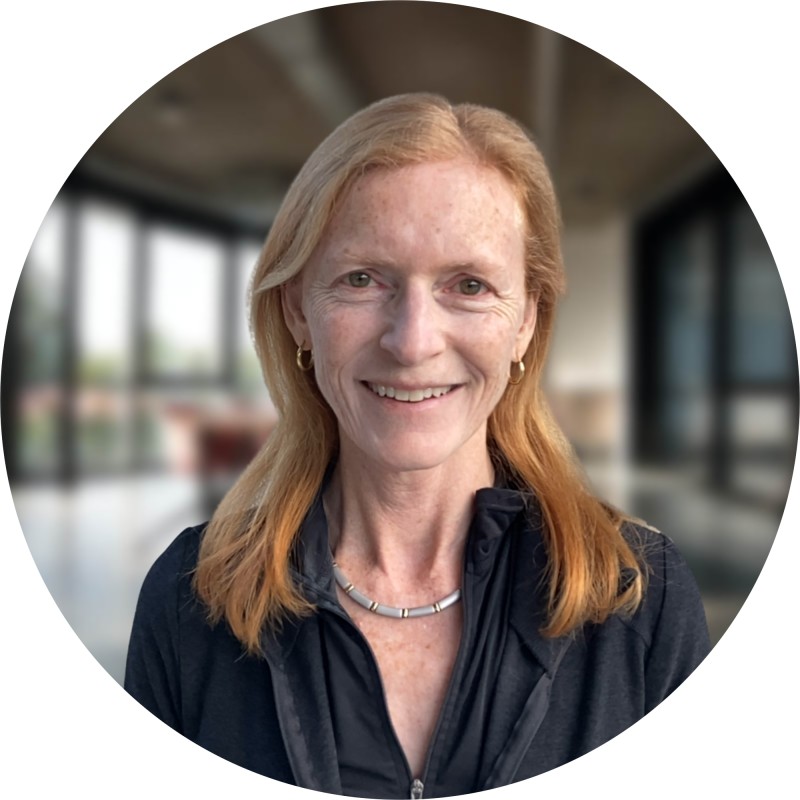The Energy Efficiency Residential Pulse Check Study (Opinion Dynamics) for SDG&E, PG&E, and SCE highlights where residential programs can better meet customers. It’s a useful blueprint for utilities modernizing delivery through a utility marketplace that meets shoppers at the point of need.
What the Pulse Check surfaced—and how Enervee addresses it
Here are six program gaps identified by the study, with notes on how Enervee’s marketplace and Eco Financing address them:
1) Capture customers at the replacement moment
“A large motivating factor is when equipment reaches end of life or breaks. Customers want a replacement right now.” Reaching shoppers during natural replacement cycles is one of the highest-ROI tactics (and ~50% of major appliances are now purchased online). Enervee-powered marketplaces are always on, with fast fulfillment and professional installation for categories like heat pump water heaters—plus coverage for both electric and gas appliances.
2) Prioritize search—where buyers actually start
Pulse Check found “general web search” is the top resource for HVAC and water-heating shoppers. Enervee’s digital programs are built for the search-led journey, driving in-market customers to utility-branded marketplaces with transparent guidance, pricing, and checkout.
3) Remove the cost barrier with point-of-sale options
“Incremental cost and lack of affordable capital are common barriers.” Typical, cost-effective rebates rarely close the gap—especially in replace-now events. Enervee bundles eligible instant incentives, partner discounts, and Eco Financing at checkout. Result: most major purchases are financed, and underserved customers can afford efficient options even without rebates.
4) Reduce friction from research to installation
Programs must offer clear options, total cost, savings, and installation details where customers are buying. Enervee’s experience uses behavioral design to simplify choice—guided by the Enervee Score®—and lets shoppers add installation, haul-away, and recycling directly to the cart. The outcome: faster, more efficient decisions and higher satisfaction.
5) Awareness is high—but participation lags
Customers know about programs, yet can’t act if rebates are too small or products aren’t covered. The study cites financing (e.g., GoGreen Home credit enhancements) as an effective alternative. Utilities using Enervee’s instant online financing are seeing strong uptake without relying on traditional rebates; shifting more dollars to equity/market-support can unlock meaningful participation.
6) Reach renters, LMI, credit-challenged, and DACs
Even though the study wasn’t focused on these segments, Enervee marketplace data show inclusive reach across California and New York:
- 48% in disadvantaged communities
- 75% income-constrained
- 55% credit-challenged
- 45% renters
“…the Enervee Marketplace taps into natural replacement cycles and eliminates barriers to energy-efficient one-off appliance purchases… relies primarily on Eco Financing to eliminate financial barriers… demonstrating its ability to reach underserved customer segments.” — Opinion Dynamics, Pulse Check Study
Why now: plug loads and appliance potential
Despite decades of programs, appliance and plug-load potential remains large. The 2021 Low-Income Potential & Goals Study attributed a majority of 2030 residential electric savings to appliances and other plug loads—often easy to install and not dependent on landlord authorization. With the right marketplace-plus-financing model, this potential converts to measurable bill and climate savings.
Enervee’s takeaways for regulators and program owners
- Increase investment in equity and market-support programs that remove real barriers at the point of sale.
- Scale GoGreen-backed Eco Financing at checkout—expand marketing, integrate with income-qualified offerings, and enable delivery of state/federal rebates and interest-rate buydowns via the utility marketplace.
Frequently asked questions
What is a utility marketplace?
A utility-branded online store that shows net price with instant incentives, offers installation and haul-away, enables enrollments, and provides inclusive payment options—all in one checkout.
How does Eco Financing help participation?
By turning a lump-sum purchase into affordable monthly payments at the point of sale—especially critical for distressed replacements and LMI or credit-challenged customers.
See how these pieces work together: Enervee utility marketplace →
Notes
Opinion Dynamics, Energy Efficiency Residential Pulse Check Study (2023).
